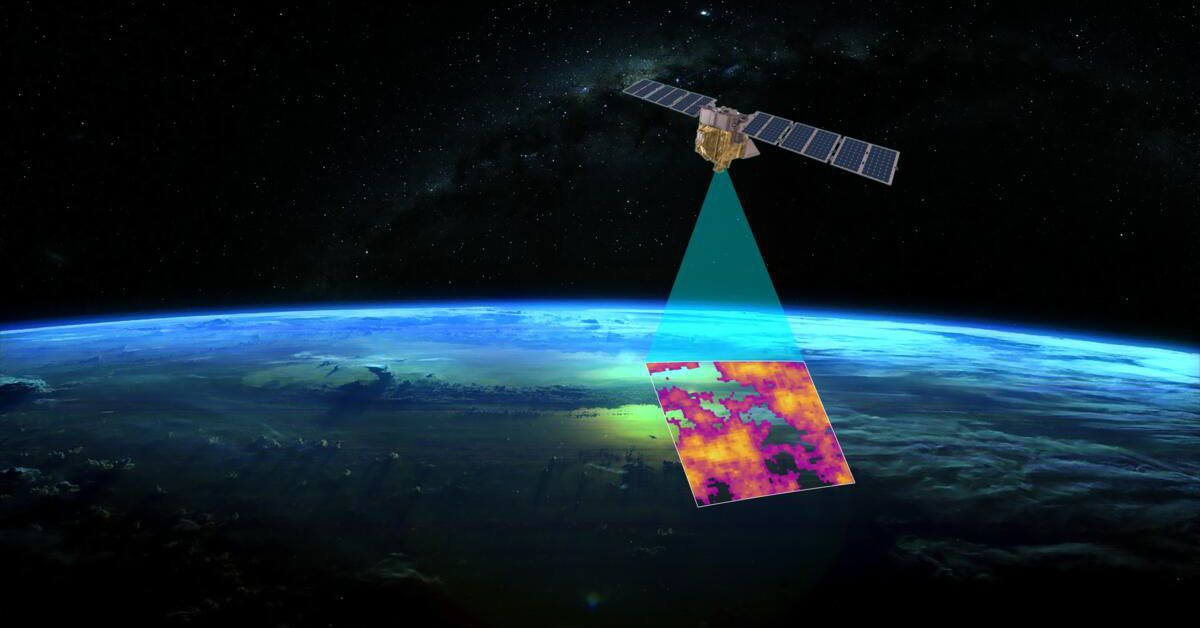Uncategorized
Google’s Innovative Satellite Mission Aims to Tackle Methane Emissions
Google has announced a groundbreaking initiative to launch a satellite focused on monitoring global methane emissions, marking a significant step in the tech giant’s commitment to environmental conservation. This collaboration with the Environmental Defense Fund represents a pioneering effort to address the challenge of climate change through advanced technology.
Mapping Methane from Above
Scheduled for launch in March, the satellite will operate at an altitude of 300 miles, circling the Earth 15 times each day. Its mission is to gather critical data on methane, a potent greenhouse gas that plays a considerable role in global warming. While methane is produced through various sources like agriculture and waste management, this project zeroes in on emissions from the oil and gas sector, where methane is often released through flaring or venting processes.
Utilizing Google’s state-of-the-art artificial intelligence, the data collected will be processed to create a comprehensive map pinpointing methane leaks in oil and gas infrastructure worldwide. However, Google has stated it will not directly inform companies of leaks identified within their operations, leaving enforcement and regulatory actions to governments.
Bridging the Data Gap
While there is no global regulation for methane emissions, the EU has taken steps toward mitigation, including legislation requiring oil and gas operators to repair leaks and banning flaring in the coal sector starting in 2025. Google’s initiative aims to complement existing tools like the European Space Agency’s Tropomi instrument, launched in 2017, which also tracks atmospheric trace gases, including methane.
Despite advancements in tracking, methane levels continue to rise alarmingly, with NASA reporting a doubling of concentrations in the past two centuries, largely due to human activity. A significant portion of human-induced methane emissions comes from livestock, particularly cows, which release methane during digestion.
A Leap Forward in Environmental Monitoring
Google’s satellite project represents an innovative approach to environmental monitoring, offering the potential to identify and address significant methane emission sources. By making this data accessible, Google hopes to empower governments, regulators, and environmental groups to take informed actions against climate change.
As the world grapples with the urgent need to reduce greenhouse gas emissions, initiatives like Google’s methane mapping satellite are crucial for providing the insights needed to tackle one of the most pressing environmental challenges of our time.













